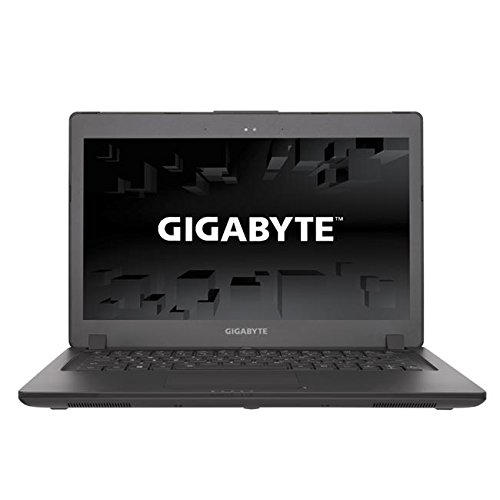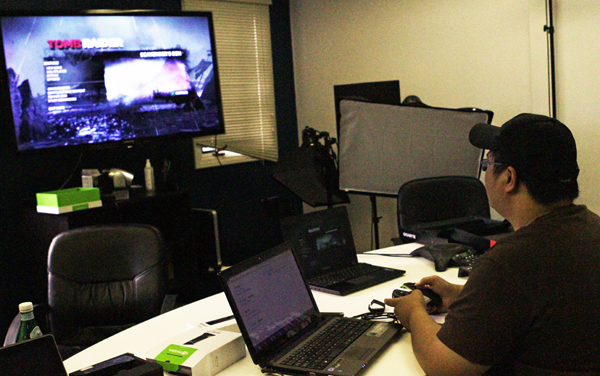Nvidia Shield Android TV Console Review
Today we take a look at the latest addition to Nvidia's Shield line of gaming devices. No mobility here, this new Shield is for the living room!
Why you can trust Tom's Hardware
GeForce PC Streaming
In the test lab, we have the advantage of testing out different networking scenarios while using a variety of hardware to simulate a home network. With this in mind, we went to town trying to see how well GeForce PC Streaming (aka GameStream) worked.
First, here are Nvidia’s system requirements for GameStream to work:
- GPU: Desktop - GeForce GTX 650 or higher; Notebook - GeForce GTX 700M or higher, and select (Kepler-based) GTX 600M GPUs
- CPU: Intel Core i3-2100 3.1GHz or AMD Athlon II X4 630 2.8GHz or higher
- System Memory: 4GB or more
- OS: Windows 7 or 8
- Software: Latest GeForce Display Drivers; Latest version of GeForce Experience (Installed with Driver); Latest Steam Client
- Routers: 802.11a/g router (minimum). 802.11n dual band router (recommended) at the 5GHz band
For the game, we went with Tomb Raider (2013), a game listed on Nvidia’s approved GameStreaming list. Using a Steam account, we played the game on Gigabyte’s latest P34W v3 gaming laptop.
After setting up the necessary accounts, were ready to start streaming away.
For our networking piece of the puzzle, we first used an internet-connected D-Link DIR-815 Dual Band Router. Both the laptop and Nvidia Shield were on the same N600 wireless network and immediately we saw lag as we scrolled through the menu options. As we played the game, things only got worse, so we moved on to the next wireless router.
Next up, we grabbed a Buffalo WXR-1900DHP AC1900 router, and like the D-Link router before, we configured the router, set up the SSID and connected the Gigabyte laptop and Nvidia Shield to the new wireless network. Whereas the D-Link has a theoretical max speed of 600Mbps, the Buffalo is rated to peak out at 1.3Mbps. Still, even with this faster configuration, we continued to see lag with little improvement.
The last router we tried was D-Link’s latest release, the AC3200 tri-band DIR-890L. Even though the theoretical speed of the DIR-890L’s 5GHz band was the same as the Buffalo’s, we were wondering if the faster hardware inside the D-Link would speed things up for us. Performance did eventually improve, but we still got some lag during gameplay.
Get Tom's Hardware's best news and in-depth reviews, straight to your inbox.
Finally, we turned to Nvidia and they suggested that we try a wired solution to see if it would eliminate the lag problem completely. We then connected a Zyxel GS-108B 8-port Gigabit switch to the original N600 D-Link router, then the Gigabyte laptop and then the Nvidia Shield. Gameplay was better, with an occasional frame skip, but at this point we just realized that hard-wiring the Shield and the computer to the network is the best way to go.
One thing we should note was that while playing Tomb Raider on the laptop and streaming to the Shield, the session running on the laptop display was flawless as far as we could tell, even when a frame was skipped on the Shield’s session, the laptop barreled through each frame without a hitch.
Current page: GeForce PC Streaming
Prev Page GRID Streaming Next Page Benchmarking Suites And Test Notes-
jasonelmore keep the shield devices coming nvidia! that gpu score.. can't wait to see it in their tablet next month.Reply -
Per Wigren FINALLY a review that tests GameStream. I can't believe how there can be so many reviews out there and just about no one that bothers to try this rather major feature, considering it's produced by Nvidia and comes with a gamepad... Thank you!Reply
The result is rather discouraging, however. Did you use it at 1920x1080 at 60 FPS? Was the game set to that resolution on the PC as well? -
Valld Nice review, just a few mistakes in the specifications:Reply
1. There are moving parts inside - the cooling fan, clearly visible on the photo
2. Bluetooth version is 4.1/BLE, not 2.1
3. Micro SD card slot supports cards up to 128Gb, not 2Tb -
Eggz Interesting! People with HTPCs will be looking for something given that Windows 10 won't have Windows Media Center any more.Reply
I think that creates an open market, and I'm curious to see whether Ceton will hire some programmers to come up with a piece of software that supports all of the WMC functionality, and whether they or anyone else will solve the OnDemand functionality issue that's now exclusive to cable boxes. -
Zepid What a shit review. No codec information, no playback benchmarks for local media. No information as to if you can mount USB storage to be readable natively by Android apps (as in can I plug in a USB HDD and see it without doing anything in say... VLC). Because Android TV doesn't support this by default without a root or custom ROM, I assume Nvidia has this feature enabled but ZERO REVIEWERS have bothered mentioning it.Reply -
clonazepam Where's the gamepad review? Stream Dark Souls I/II to the thing and really hammer on the d-pad with weapon swaps / item use, and report back. Thanks! :)Reply
"Git gud casul." -
Emanuel Elmo I made this correction before and nobody seems to have corrected it.Reply
The $299.99 model of the shield comes with a 500GB HDD and NOT a 200GB HDD.
I will say this again that it can be confirmed off of the Nvidia website. -
thrus Something that bugged me early in the article since your internet was only 23Mbps you couldn't reliably stream 4k from Netflix, but the gigabit port make HD work fine. If the port was all that mattered it far exceeded the recommended 25Mbps for 4k as well. The gig port had nothing to do with your streaming, heck an old 100Mbps port would be 4 fold the required throughput for 4k. keep the specs in the specs section and don't try to shoehorn them in where they are irreverent.Reply -
deppman I have the 500GB Shield. The Talos Principle can be set to 1080p rendering and it looks and performs very well. I'm not sure why it defaults to 720p rendering. The Wi-Fi results in less lags and hiccups than the Shield Tablet, so game streaming is better nearly glitch-free IF your network isn't busy. Video streaming is flawless, and even Chromecast improves. Also, Google just released 600 more TV apps, so selection is greatly improved. Now if I could only install a browser.Reply

